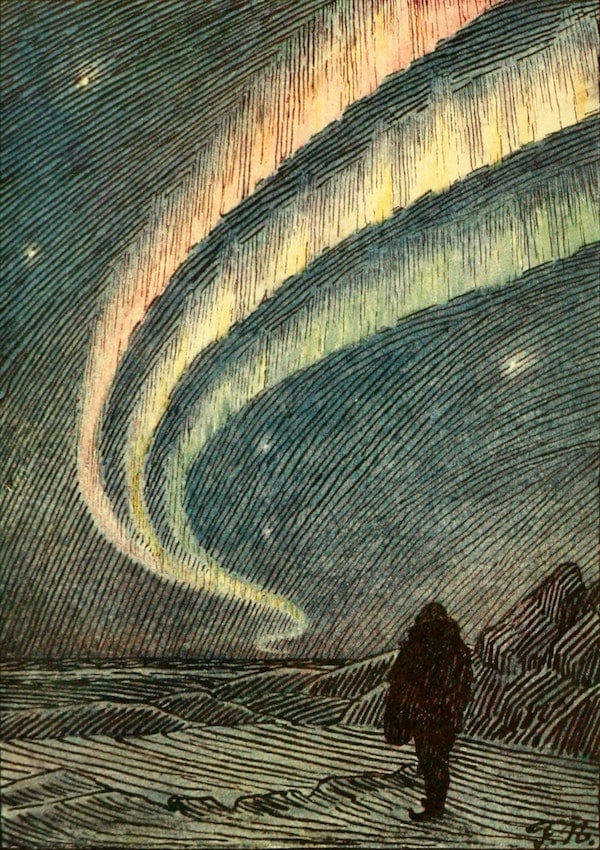Insights into the kind of crap 78-rpm records were made of, and other scarce technical infos.
If you’re not sure what ‘a record’ is, or haven’t ever seen one, you’re excused.
Oh, and by-the-way, 78 is the approximate number you get when you rotate a 46-tooth gear with a 3600 rpm motor. (60 cycles per second.)
Further wisdom such as this is found by the ton here: http://www.78rpmrecord.com/links.htm
Here’s some flame bait:
Why would you want to listen to your music in this inferior format? I get it if there aren’t any modern recordings or quality transfers but to actually sit down and enjoy the low signal to noise ratio of a record just boggles the mind.
Tbf vinyls can have a great sound if properly mastered and played on high end equipment with noise cancelling. And they look cooler than CDs or subscription services. I can see the appeal, however hipsters playing dirty records on cheap 60’s turntables and pretending it sounds better than even MP3 on a Bluetooth speaker are just dumb.
Not rage bait, completely fair. Depends on how you define “quality”. To me, records have a warm and full sound that feels nice filling a room with. Also, I think there is something to be said for the act of playing music on a physical media that is annoying to skip songs with. There is something I like about physically looking through the albums on my shelf, picking one out, admiring the cover art, and putting it on. It’s kind of a ritual you don’t get with Spotify. Then I’m basically forced to listen to the whole album front to back, because of the inconvenience of track skipping in that format. There is kind of a ritual to it that is a nice break from digital media. So there is a quality to the whole experience that is somewhat separate from the fidelity of the music.
Or maybe I’m just a hipster trying to justify to myself the money I’ve spent on records lol
You call it a warm sound.
I call it a low-pass filter.
Good stylus amp and mastering it can sound great. But really for me it’s about being in the moment and present with the music, the act of putting on a song or two at a time makes you actively listen. Like going to a concert, which is rarely the very best version of a song.
Best way I’ve had it explained to me is that you’re not doing vinyl for the fidelity. You’re doing it for the vibes. Sure, CDs sound better, and streaming is more convenient, but I find it much more fun to go through the process of doing music through vinyl. Plus there’s just something about going through the effort that makes it easier for my ADHD mind to actually sit down and listen to an entire album, whereas with streaming it’s so easy to just discard a song or album and do something else instead.
I just find it really interesting.
My house is full of dead technology like this just because I’m curious or like the aesthetics.
I tend to click around when I’m listening to digital music, it’s so easy to put on something else, skip a track, and generally fuck about.
If I’m listening to vinyl I tend to listen to the entire album. It’s a better way of focussing my attention.
Not many vinyl heads still around.
Playing 78’s is a niche within a niche.
Vinyl has, AFAIK, been gaining a lot in popularity over the last 20 years. The last few years pressing plants have had trouble keeping up with demand — in part due to supply chain issues, but also because everyone and their grandma wants vinyl pressed.
You should check this out:
The Great 78 Project is a community project for the preservation, research and discovery of 78rpm records. From about 1898 to the 1950s, an estimated 3 million sides (~3 minute recordings) have been made on 78rpm discs. While the commercially viable recordings will have been restored or remastered onto LP’s or CD, there is still research value in the artifacts and usage evidence in the often rare 78rpm discs and recordings. Already, over 20 collections have been selected by the Internet Archive for physical and digital preservation and access. Started by many volunteer collectors, these new collections have been selected, digitized and preserved by the Internet Archive, George Blood LP, and the Archive of Contemporary Music.
It’s a great service. I found several of his expertly-created 78 tunes on there that I hadn’t heard in decades. (Some scarce stuff is almost never NOT available on 33 or 45rpm)
Another reason: Some people get deeper into multiple pieces of music because they like to compare performances of them. Fidelity doesn’t matter a whole lot. You want to compare how some bands or singers performed a (non-hit) song recorded in the 1930s or 1950s. You listen around the fidelity. People in the 1950s made million-selling hits everyone heard on AM radio or 45s. Fidelity is over-rated.
I always thought it would be neat to use a laser or high resolution scanner to image a record have a computer analyze it and convert the images to audio. Not sure if this has been done, but if not it would be cool to figure out.
It has been done! https://ofersp.github.io/digital_needle/
Nice!
There is indeed a way to use lasers to read 78s without touching the surface, and the gear is availble. Though probably not at a price most of us would like. Here’s one example: https://www.elpj.com/ But after decades of work, they seem to have problems … /Laser_turntable#Performance
Thanks! I have a Victrola at home and just bought some new needles for it.
Welcome. I didn’t realize until I read that how complicated using the ‘right’ styli can get. Or that most ‘shellac’ 78s were mostly made of other crap. Interesting topic!
Pick the one best suited for the job.
You now owe me $125 in consultation fees.
Yeah fuck it let’s make this community about literally anything, why not
https://www.ortofon.com/ortofon-2m-78-p-598?variant=0560350
Use this with a Technics 1200 made in the last few years which can play 78 (by pressing the 33 and 45 buttons at the same time).
Otherwise, if you already have an old turntable, your options will most likely be limited by that.
deleted by creator









